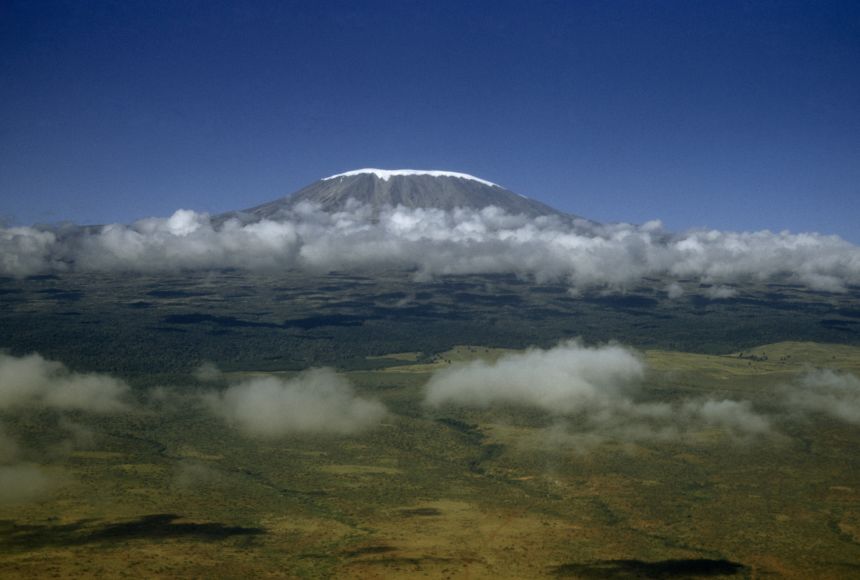ENCYCLOPEDIC ENTRY
ENCYCLOPEDIC ENTRY
Kilimanjaro
Kilimanjaro
Mount Kilimanjaro is Africa’s tallest mountain and the world’s largest free-standing mountain.
Grades
5 - 8
Subjects
Earth Science, Geology, Geography, Physical Geography
Image
Mount Kilimanjaro
Located in Tanzania, Mount Kilimanjaro is the African continent's highest peak at 5,895 meters (19,340 feet). The majestic mountain is a snow-capped volcano.
Photograph by W. Robert Moore, courtesy of the National Geographic image collection

Media Credits
The audio, illustrations, photos, and videos are credited beneath the media asset, except for promotional images, which generally link to another page that contains the media credit. The Rights Holder for media is the person or group credited.
Writer
Reviewer
Director
Production Managers
Program Specialists
Producer
Intern
other
Last Updated
July 10, 2024
For information on user permissions, please read our Terms of Service. If you have questions about how to cite anything on our website in your project or classroom presentation, please contact your teacher. They will best know the preferred format. When you reach out to them, you will need the page title, URL, and the date you accessed the resource.
Media
If a media asset is downloadable, a download button appears in the corner of the media viewer. If no button appears, you cannot download or save the media.
Text
Text on this page is printable and can be used according to our Terms of Service.
Interactives
Any interactives on this page can only be played while you are visiting our website. You cannot download interactives.